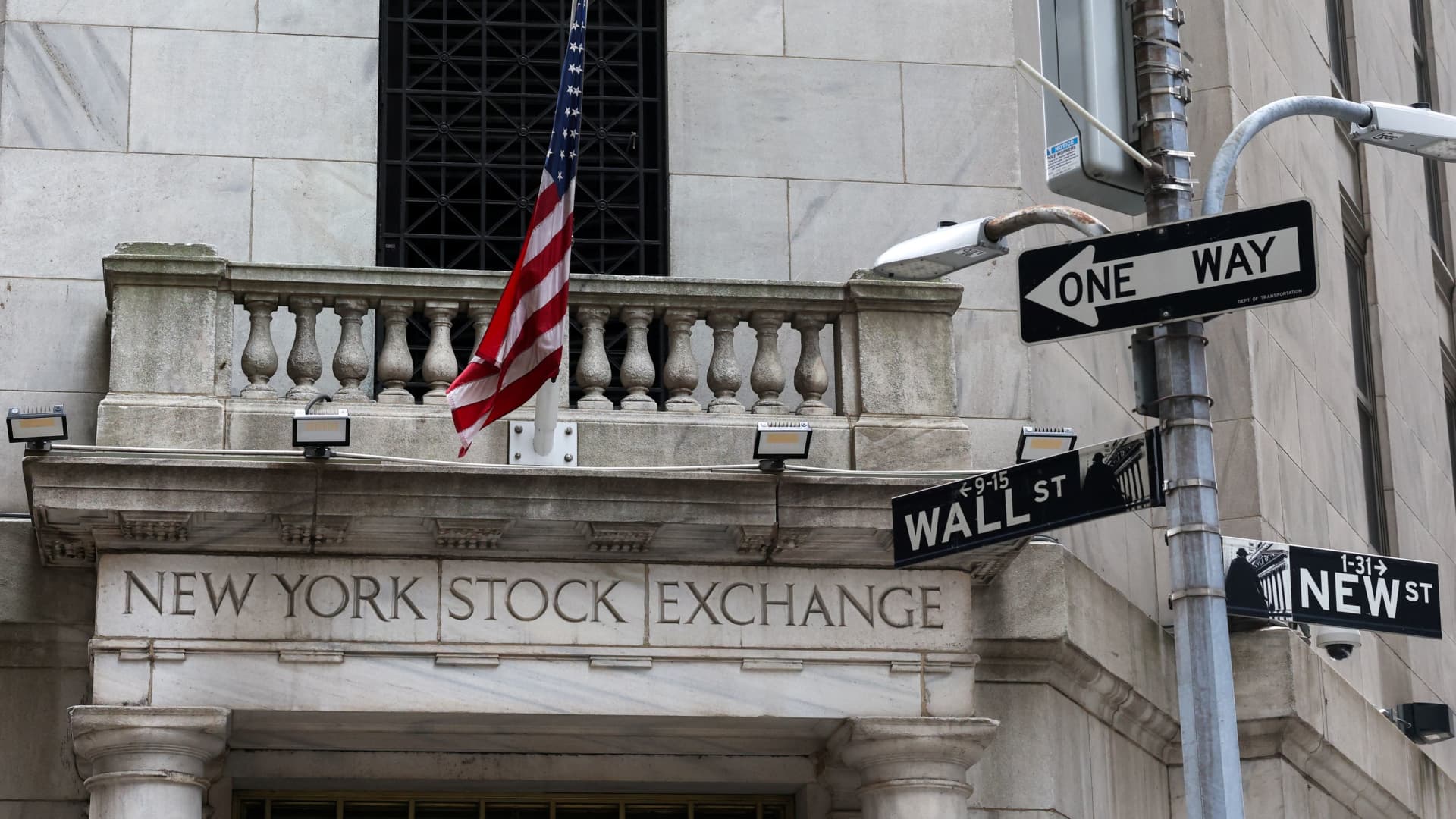The Enduring Allure of Starbucks: A Cramer-Inspired Analysis
Introduction: More Than Just a Cup of Coffee
Starbucks has transcended its role as a mere coffee retailer to become a cultural phenomenon. Its green logo is instantly recognizable, and its stores serve as social hubs in cities worldwide. Beyond its physical presence, Starbucks represents a fascinating case study in consumer behavior, market trends, and investment strategy. Jim Cramer, the charismatic host of CNBC’s “Mad Money,” has frequently championed Starbucks, making it a compelling subject for analysis. This report explores Cramer’s perspectives, the company’s current position, and the broader factors shaping its future, offering insights for investors and coffee enthusiasts alike.
The Cramer Endorsement: A Vote of Confidence
Jim Cramer’s endorsement of Starbucks is not a fleeting opinion but a recurring theme in his market commentary. His bullish stance is rooted in a belief that Starbucks is a fundamentally strong investment, particularly during market downturns or periods of perceived undervaluation. Cramer has consistently advised buying Starbucks shares, especially after post-earnings declines, which he views as opportunities for investors. This confidence is based on the company’s long-term growth potential and its ability to adapt to shifting consumer preferences.
Cramer’s advocacy for Starbucks is not without merit. The company has a proven track record of resilience and innovation. Its ability to maintain a premium brand image while expanding its global footprint is a testament to its strategic acumen. However, Cramer’s enthusiasm should be tempered with a critical analysis of the company’s financial health and market position.
CEO Niccol and the Turnaround Narrative: A Bet on Leadership
A significant aspect of Cramer’s optimism about Starbucks is his faith in CEO Brian Niccol. Cramer has described Niccol as a “turnaround artist,” capable of navigating the company through challenging times. This confidence is not unfounded; Niccol’s success in revitalizing Chipotle has demonstrated his ability to lead a brand through transformation. Cramer has cautioned against selling Starbucks stock based on short-term earnings disappointments, emphasizing that Niccol’s strategic moves may involve temporary setbacks for long-term gains.
However, turnarounds are rarely straightforward. Cramer himself has acknowledged that the turnaround process might take longer than anticipated. The market’s negative reaction to some of Starbucks’ earnings reports, with shares dropping significantly, underscores the risks inherent in betting on a turnaround strategy. Investors must weigh the potential rewards against the uncertainties and challenges that lie ahead.
Challenges and Opportunities: Navigating a Complex Landscape
Starbucks operates in a dynamic and competitive environment, facing a range of challenges and opportunities. One of the key challenges is adapting to evolving consumer preferences. The decision to phase out mobile-order-only stores, citing a lack of “warmth,” highlights the delicate balance between operational efficiency and the in-store experience. Starbucks must continue to create environments that foster emotional connections, ensuring that its stores remain destinations for more than just a quick coffee.
Despite these challenges, Starbucks has significant growth opportunities. Its global presence, particularly in China, remains a critical driver of expansion. While Cramer has downplayed concerns about Starbucks’ performance in China, it is essential to recognize the complexities of operating in that market. Economic fluctuations, regulatory changes, and local competition all pose potential risks that must be carefully managed.
Additionally, Starbucks has the potential to diversify its product offerings and explore new revenue streams. Partnerships with delivery services, the introduction of innovative beverages, and the expansion of its loyalty program are all strategies that can contribute to long-term growth. The company’s ability to innovate and adapt will be crucial in maintaining its competitive edge.
Beyond the Coffee Cup: Financial Performance and Market Sentiment
A comprehensive analysis of Starbucks’ financial performance provides a more objective assessment of its investment potential. Key indicators such as revenue growth, profit margins, and cash flow are essential in evaluating the company’s health. While Cramer often focuses on qualitative aspects like brand strength and management team, a thorough analysis requires a deeper examination of the numbers.
Market sentiment also plays a significant role in determining Starbucks’ stock price. Investor confidence, economic conditions, and broader market trends can all influence the demand for the stock. It is worth noting that Cramer’s pronouncements can impact market sentiment, highlighting the influence of prominent financial commentators. However, investors should not rely solely on Cramer’s recommendations but should conduct their own research and analysis.
Original Insight: The “Cramer Bottom” Phenomenon
The repeated mentions of Cramer’s buy recommendations and his strong views on Starbucks raise an interesting concept: the potential for a “Cramer Bottom.” This idea suggests that when Cramer expresses particularly strong conviction about a stock, especially after a significant decline, it can signal a potential bottom, or a point of maximum pessimism before a recovery.
However, this concept should be approached with caution. While Cramer’s insights can be valuable, relying solely on his recommendations without conducting independent research is risky. The market is inherently unpredictable, and even seasoned experts can be wrong. The mention of r/wallstreetbets joking about buying Starbucks because they hate Jim Cramer highlights the opposing view of Cramer’s opinion. Investors should consider a variety of perspectives and conduct their own analysis before making investment decisions.
Conclusion: A Brew of Opportunity and Risk
Starbucks remains a compelling investment proposition, but one that comes with its share of risks. Jim Cramer’s consistent endorsement underscores his belief in the company’s long-term potential, particularly under the leadership of CEO Brian Niccol. However, investors should not blindly follow Cramer’s advice. A thorough analysis of the company’s financial performance, the competitive landscape, and global economic trends is essential before making any investment decisions.
The Real Taste Test: Informed Decision-Making
Ultimately, the decision to invest in Starbucks, or any other company, should be based on your own research, risk tolerance, and investment goals. Like a perfectly brewed cup of coffee, a well-informed investment strategy requires careful consideration, a blend of different factors, and a dash of independent judgment. By weighing the opportunities and risks, investors can make informed decisions that align with their financial objectives and personal preferences.











